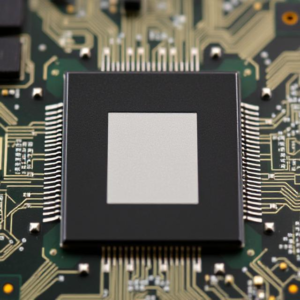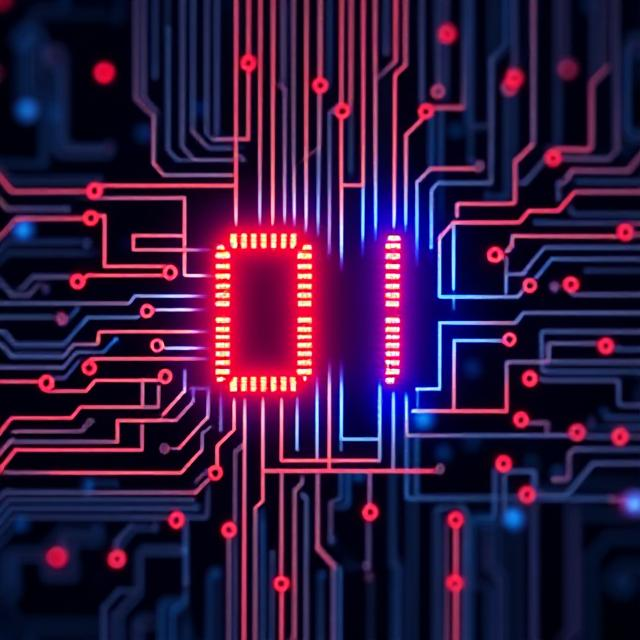In the field of digital electronics, memory devices play a fundamental role in the operation of virtually all computing systems. From microcontrollers in household appliances to sophisticated processors in data centers, memory is essential for storing data and instructions that are critical for system functionality. Memory devices are integral components that allow digital systems to store binary information for immediate or delayed use. This article explores the types, functions, and significance of memory devices in digital electronics.

1. Understanding Memory in Digital Systems
Memory in digital systems refers to the capability to store binary information—combinations of 0s and 1s—used in computation and data processing. This information can include program code, system parameters, sensor readings, and more. Memory devices are classified primarily based on their volatility, access method, and storage technology.
The two main categories are volatile memory, which loses data when power is off, and non-volatile memory, which retains data even without power. Volatile memory is typically used for temporary storage (like RAM), while non-volatile memory is ideal for long-term storage (like ROM and Flash).
2. Types of Memory Devices
a) RAM (Random Access Memory)
RAM is a type of volatile memory that allows data to be read and written in any order, providing fast access to stored information. It is used primarily for temporary data storage while a system is running.
-
Static RAM (SRAM): Uses flip-flops to store bits. It is faster and more reliable but more expensive and consumes more space.
-
Dynamic RAM (DRAM): Uses capacitors and needs periodic refreshing. It is denser and cheaper but slower than SRAM.
b) ROM (Read-Only Memory)
ROM is a non-volatile memory that is used to store permanent instructions or data. It cannot be modified (or only modified with difficulty) after manufacturing, making it ideal for firmware.
-
PROM (Programmable ROM): Can be programmed once by the user.
-
EPROM (Erasable PROM): Can be erased using UV light and reprogrammed.
-
EEPROM (Electrically Erasable PROM): Can be erased and rewritten electrically, often used in BIOS chips.
c) Flash Memory
Flash is a type of EEPROM that allows multiple memory locations to be erased or written in one programming operation. It is widely used in USB drives, SSDs, and memory cards due to its balance of performance, cost, and non-volatility.
3. Role and Applications in Digital Electronics
Memory devices are crucial in determining the performance and capabilities of digital systems. Their application areas include:
-
Microcontrollers: Embedded systems use ROM for storing firmware and RAM for temporary operations.
-
Computers: RAM handles the running of applications and OS functions, while hard drives and SSDs use Flash for storage.
-
Digital Signal Processing (DSP): High-speed SRAM and DRAM are vital in applications requiring real-time data processing.
-
Communication Devices: Routers and modems use Flash to store firmware and configuration settings.
-
Consumer Electronics: Smartphones, smart TVs, and digital cameras rely on various memory types for operation and storage.
4. Emerging Trends
As technology advances, so do the demands on memory devices. New memory technologies such as MRAM (Magnetoresistive RAM), ReRAM (Resistive RAM), and 3D XPoint are being developed to overcome limitations of traditional memory in terms of speed, durability, and scalability. These innovations aim to bridge the gap between the high speed of SRAM and the non-volatility of Flash.
Additionally, with the growth of artificial intelligence and big data, memory capacity and access speed are becoming more critical than ever. This has led to the integration of memory more closely with processors (e.g., cache memory) to minimize latency and improve overall system performance.
Conclusion
Memory devices form the backbone of digital electronics, enabling systems to perform complex tasks by efficiently storing and retrieving data. With ongoing innovations and increasing demand for smarter and faster systems, the importance of memory technologies continues to grow. Understanding the different types of memory and their applications helps in designing and optimizing digital systems for a wide range of modern technological applications.











